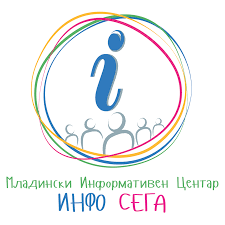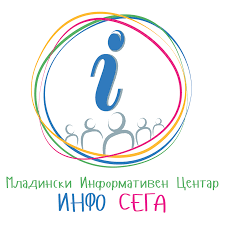.png)
Who are “NEET” in Macedonia?!
Young people who are neither in employment nor in education or training are at risk of becoming socially excluded – individuals with income below the poverty-line and lacking the skills to improve their economic situation. Nowadays they are recognized under the acronym NEET.
Historically more women than men have been NEET, but the gap has narrowed over recent years. In the last year the number of men and women who were NEET have been at similar levels, and in the third quarter of 2017, 39,000 more men were NEET than women.
The acronym NEET was first used in the United Kingdom but its use has spread to other countries and regions including Japan, South Korea, Taiwan and the United States. there are also very high NEET rates in Republic of Macedonia (37.7 %).
WHO ARE “NEET” IN MACEDONIA The young people excluded from education or trainings exist in different periods of economic development of Macedonia, but this category was not measured by official institutions before 2006. The first measurement was made by researchers, using Census of population 2002 results data (Novkovska 2006). This first measurement showed that more than one third of young population aged 15–19 is neither employed nor involved in educational process through trainings or other educational activities. These data urged that the situation of youth is precarious and that there is a need to continuously measure and monitor this part of the population. Starting from year 2006 the State Statistical Office, based on data from Labour Force Survey, determines the number of young people that are identified as NEET for two different age groups: 15–19 and 15–24. The most recent data reported for year 2016 show that one fourth (24.3%) of young people in Macedonia are neither employed nor in education or training (NEET). Most of the NEETs (60%) are unemployed non-students while the remaining (40 %) are inactive non-students. These young people are likely to experience a deterioration of their human capital (accumulated during the period when they have been in educational process), with negative consequences and substantial costs both for the individuals and for society in general. Results for young people (age 15–24) that are NEET for a 10 years period, both for EU 28 and Macedonia, are presented. The average NEET participation for EU 28 is only slightly varying around the level of 12% for the entire period, and the results for 2007 (11.0%) and 2016 (11.6%) are closely comparable. For all this period female participation is slightly bigger than the male participation. Detailed comparative analysis will be given in the next section. Not all unemployed 15–24 year-olds are NEET and not all people who are NEET are unemployed. In Macedonia, the situation is quite the opposite – participation of unemployed NEET persons is bigger, but particularly worrying is the fact that the number of inactive NEET females is two times bigger than in EU 28 countries. The above indicates that there is a gender gap in position of males and females in NEET. Bigger participation of females in inactive NEET means that many females are not looking for jobs even if they are not included in any educational or training activities
An ILO project, completed in June 2015, helped Macedonian labour market institutions as well as employers’ and workers’ organizations to formulate an evidence-based youth employment action plan up to 2020 and to implement employment services and programmes more effectively targeting the needs of young jobseekers.
The Government is aware of the urgency and treats youth employment and education as a crosscutting theme in the policy-making process. This has increasingly required coordination across a wide spectrum of national institutions and agencies and coherence in shaping economic and social policies that address youth position in the society. Nevertheless, the measures resulting in significant decrease of the unemployment of the entire population do not influence in the same measure the NEET, whose participation remains still very high. Therefore, better targeted measures are required in order to cope with the serious problem of NEET in Republic of Macedonia.

